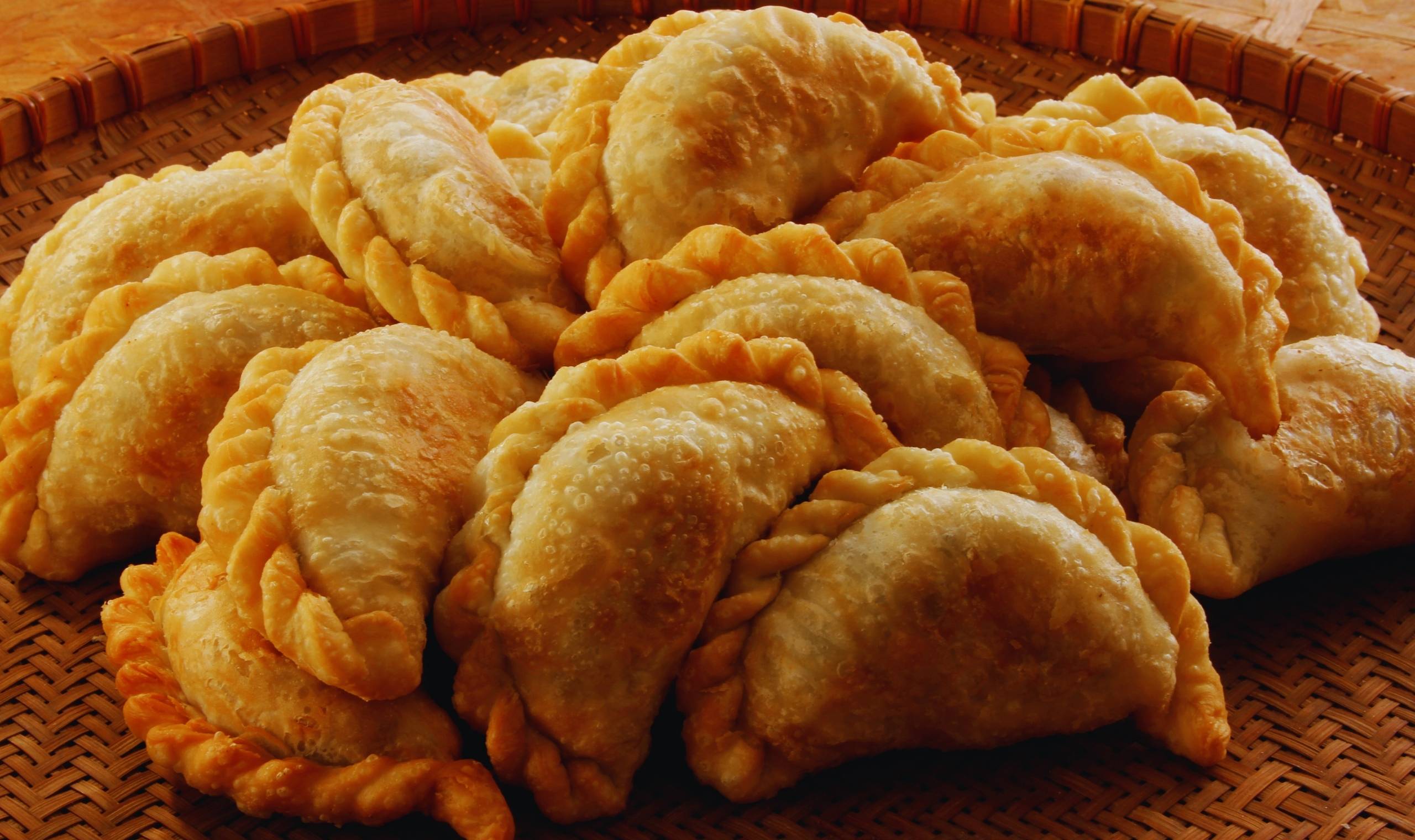Börek: The Flaky Pastry That’s Been Winning Hearts for Centuries
If there’s one dish that embodies the rich tapestry of Ottoman culinary heritage, it’s börek. This delightfully flaky pastry, stuffed with everything from cheese to minced meat to spinach, has been gracing tables across the Middle East, the Balkans, and beyond for centuries. It’s a food of comfort, celebration, and let’s be honest, a bit of a show-off when it comes to layers of buttery, golden pastry.
A Bite-Sized History of Börek
Börek’s roots can be traced back to the Ottoman Empire, where it became a staple of palace kitchens and humble homes alike. This versatile pastry has since travelled far and wide, adapting to local tastes and ingredients. The name itself is derived from the Turkish word “börük,” meaning to twist or roll, which perfectly describes the artful shaping of this treat.
While it’s easy to associate börek with Turkey, the pastry’s influence extends to Greece (where it’s called boureki), the Balkans, and even North Africa. Wherever you go, you’ll find a version of börek being made and enjoyed, each with its unique twist.
Regional Variations: One Pastry, Endless Possibilities
Börek comes in so many shapes and sizes that it’s almost impossible to keep track. In Turkey, you’ll find su böreği, a layered version akin to lasagne, made with boiled yufka dough and a creamy cheese filling. Sigara böreği, shaped like little cigars, is perfect for dipping and snacking. In the Balkans, there’s the meat-stuffed burek, often served with a dollop of yoghurt or a splash of vinegar.
In North Macedonia and Kosovo, pite is the go-to version, often rolled into spirals and filled with cheese, spinach, or even pumpkin. Bosnia’s take on börek often uses phyllo dough and leans heavily into savoury fillings like minced beef or lamb. Across all these variations, the core concept remains the same: a flaky pastry stuffed with something delicious.
Drinks That Play Well with Börek
A good börek deserves an equally good drink to go with it. Turkish tea, served strong and black in small tulip-shaped glasses, is a classic pairing. If you prefer coffee, a rich, velvety Turkish coffee is equally delightful.
For something a little different, a glass of ayran—a salted yoghurt drink—offers a refreshing contrast to the pastry’s richness. If you’re feeling indulgent, a light white wine or a crisp lager works beautifully too. The key is to balance the buttery, flaky pastry with something that keeps your palate refreshed.
What to Serve Alongside
Börek is versatile enough to be a snack, a side, or the main event. Serve it with a simple salad of tomatoes, cucumbers, and onions for a fresh, crunchy contrast. A bowl of lentil soup or a plate of stuffed vine leaves makes for a more substantial meal.
If you’re in the mood for a mezze spread, pair your börek with dips like hummus, baba ghanoush, or tzatziki. The creamy, tangy flavours of these accompaniments are a match made in heaven for the buttery, crispy pastry.
The Art of Perfect Pastry
The pastry is the heart and soul of any good börek. Traditionally made with yufka, a paper-thin dough, it’s what gives the dish its signature flaky texture. If yufka isn’t available, phyllo dough is a fantastic substitute. The trick is to keep the layers well-buttered (or oiled) to ensure that golden, crispy finish.
Homemade pastry takes a bit of effort but is well worth it for the satisfaction of pulling off that perfect crunch. Store-bought options, though, are perfectly acceptable and save a ton of time. Just make sure to handle the sheets gently, as they can be a bit delicate.
Fillings: The Stars of the Show
The beauty of börek lies in its adaptability. Cheese börek, made with a mix of feta and ricotta, is a perennial favourite. Meat lovers can go for a spiced minced beef or lamb filling, often enhanced with onions, garlic, and a hint of paprika.
Spinach and cheese is another classic combo, with the earthy greens playing beautifully against the creamy cheese. For a sweet twist, try a dessert börek filled with nuts, sugar, and cinnamon, then drizzled with honey or syrup. No matter the filling, the key is to pack just the right amount so the pastry doesn’t get soggy.
Börek: A Recipe for Flaky Perfection
Ingredients:
For the pastry:
- 500g phyllo dough (or yufka, if available)
- 150g unsalted butter, melted
- 100ml olive oil
For the filling:
- 300g feta cheese, crumbled
- 200g ricotta cheese
- 200g spinach, wilted and chopped
- 1 egg
- 1 tsp salt
- 1/2 tsp black pepper
Method:
Mix the feta, ricotta, spinach, egg, salt, and pepper in a bowl to make the filling. Set aside.
Preheat your oven to 180°C (160°C fan). Grease a baking dish with butter or olive oil.
Lay one sheet of phyllo dough in the dish and brush generously with the butter-oil mixture. Repeat with 5-6 layers. Spread half the filling evenly over the pastry.
Layer another 5-6 sheets of phyllo, brushing each with the butter-oil mixture. Add the remaining filling, then finish with another 5-6 layers of phyllo, brushing each as you go. Tuck in the edges for a neat finish.
Brush the top layer with any remaining butter-oil mixture and score the pastry lightly with a knife to make slicing easier after baking.
Bake for 30-35 minutes, or until the top is golden and crisp. Let it cool slightly before cutting into squares or slices. Serve warm with your chosen accompaniments and enjoy the flaky, savoury magic of börek.



